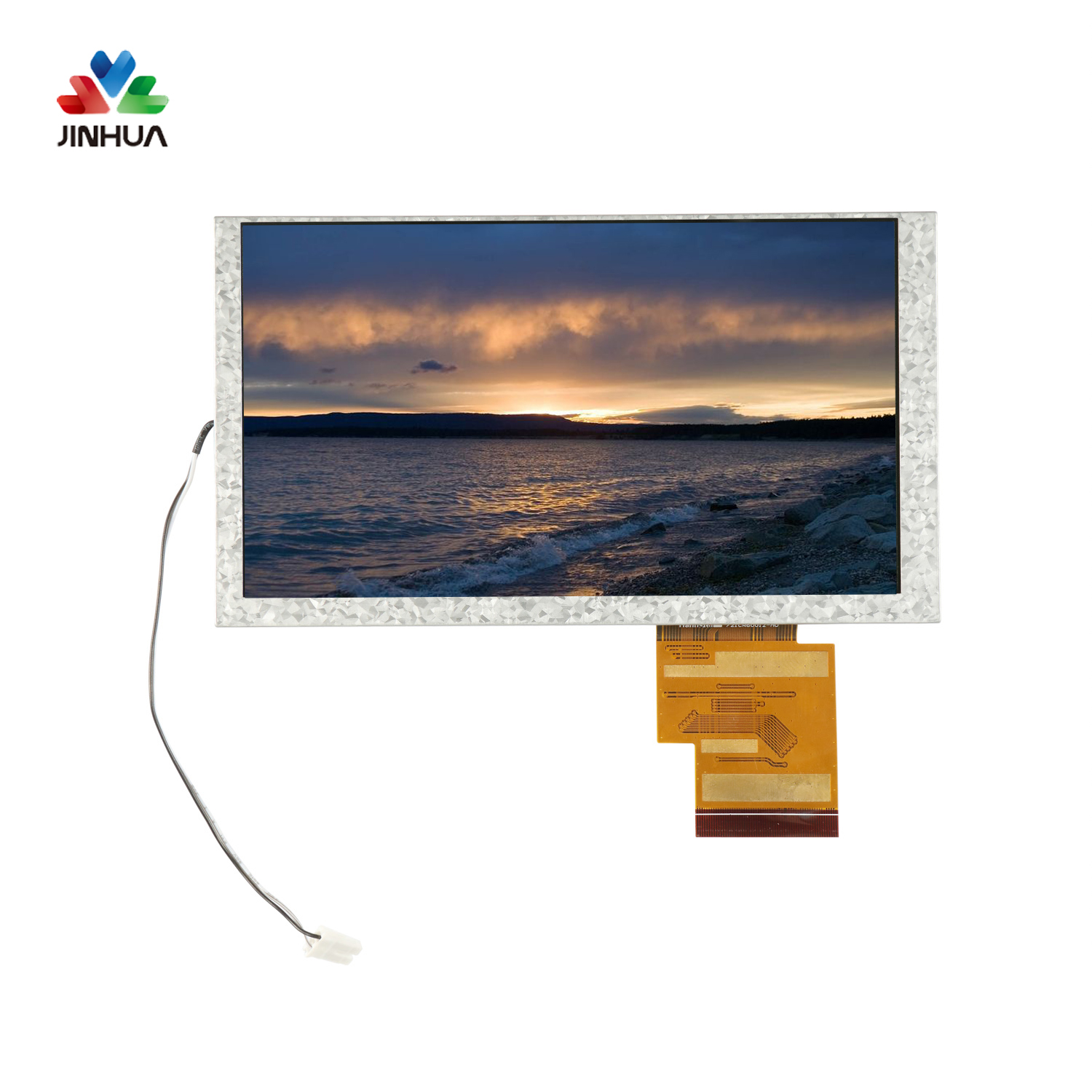1. Before doing LCD liquid crystal module, first supplement the principle of liquid crystal display.
The common understanding of the liquid crystal display is that each point of the TFT LCD screen is composed of three parts: RGB. When the three points are all connected to a high level, the liquid crystal melts into a liquid state and becomes transparent, so what you see is the backlight color white; When all 3 points are connected to low level, the liquid crystal solidifies into a crystal shape, which completely blocks the backlight, so what you see is black.
When the points of R are all high and G.B are all low, it is displayed as red light;
When the points of G are all high and R.B are all low, it is displayed in green;
When the dots of B are all high, and the points of R and B are all low, it is displayed in blue.
2. RGB principle:
The principle of RGB color is to use three primary colors: Red, Green, and Blue in different proportions to generate different colors of light.
The principle of the three primary colors is not due to physical reasons, but due to physiological reasons. There are several cone photoreceptor cells in the human eye that distinguish colors, and they are most sensitive to yellow-green, green, and blue-violet (or violet) light (wavelengths of 564, 534, and 420 nanometers, respectively). The cells that distinguish green are slightly more stimulated than the cells that distinguish green, and people feel yellow; if the cells that distinguish yellow-green are stimulated much higher than the cells that distinguish green, people feel red. Although the three types of cells are not the most sensitive to red, green and blue, respectively, the three types of light can stimulate the three types of cone cells.
For example, red light and green light are compounded in a certain proportion, and the color digital LED display module vision produced by stimulating the three cone cells can be equivalent to the color vision of the eye for pure yellow light. But it must not be considered that red light and green light are combined in a certain proportion to generate yellow light, or that yellow light is composed of red light and green light.
3. Terminology understanding
bpp term: bits per pixel how many bits per pixel.
a, 24bpp, which is the most common 16 million color standard
In this mode, RGB each uses 16-bit unsigned integers to represent the intensities of red, green, and blue, for example: 0xFF00FF is magenta, named because it can have up to 16 million combinations (2 to the 24th power is 16777216).
b. 16bpp, which is the 65,000-color standard used by S3C2440 (2 to the 16th power is 65536)
The 16-bit mode is assigned to 5 bits for each primary color, of which Green is 6 bits, because the human eye can distinguish green light more accurately (5 bits are used in some places, and the remaining 1 bit is not used), so The RGB we use here is 5:6:5 mode.




 English
English Deutsch
Deutsch русский
русский español
español العربية
العربية



 IPv6 network supported
IPv6 network supported
